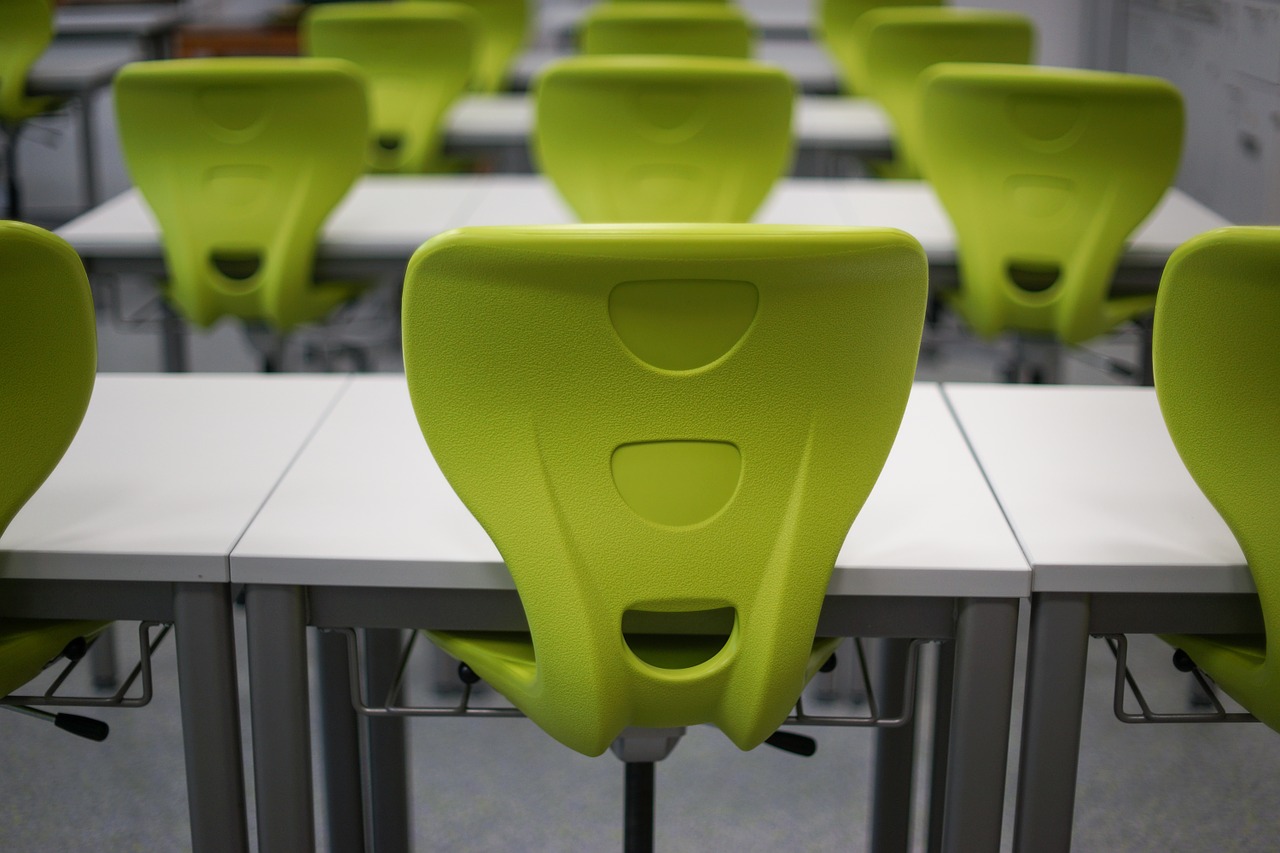This post is sponsored by zSpace.
Hands-on, interactive learning makes the classroom come alive. Students thrive when they are able to manipulate materials and explore concepts with their peers. In a recent poll of SmartBrief Education readers, 49% of educators said they use hands-on learning activities to engage students who need learning support.
How are you integrating hands-on learning into your classrooms to improve engagement and achievement? Here are two ideas:
- Sixth-graders in the New York’s Plainview-Old Bethpage School District are using zSpace’s software, Franklin’s Lab, to design electrical circuits. “Then they’re going back in to the tech shops and actually designing their own electricity boards,” says Joyce Barry, the district’s chairperson of K-12 science, research and technology. “Then they’re going to go back to the [VR lab] to design these electricity boards that we would never be able to afford or be able to let them do for safety reasons.”
- The most engaging science activities solve real problems in the field or in a lab. Use issues in the news such as water quality, biodiversity or drought, and challenge students to investigate solutions. Hands-on science projects teach skills that transfer to other content areas and possible career tracks.
Here is an idea for helping students develop visualization skills: create models of the human torso. Ask them to build a shoebox representing the torso, then draft body organs and place them in the shoebox. Afterward, ask students to sketch the torso with the body organs. This is an extremely challenging activity because all organs are connected and positioned around each other. The activity has a two-part benefit: it helps students develop 3D visualization skills, plus reinforce the skills — and the subject concepts! — through a hands-on exercise.
Want more ideas for building an engaged classroom? Download our SmartFocus on Student Engagement to get more insights and ideas for boosting involvement and motivation in your classroom.
